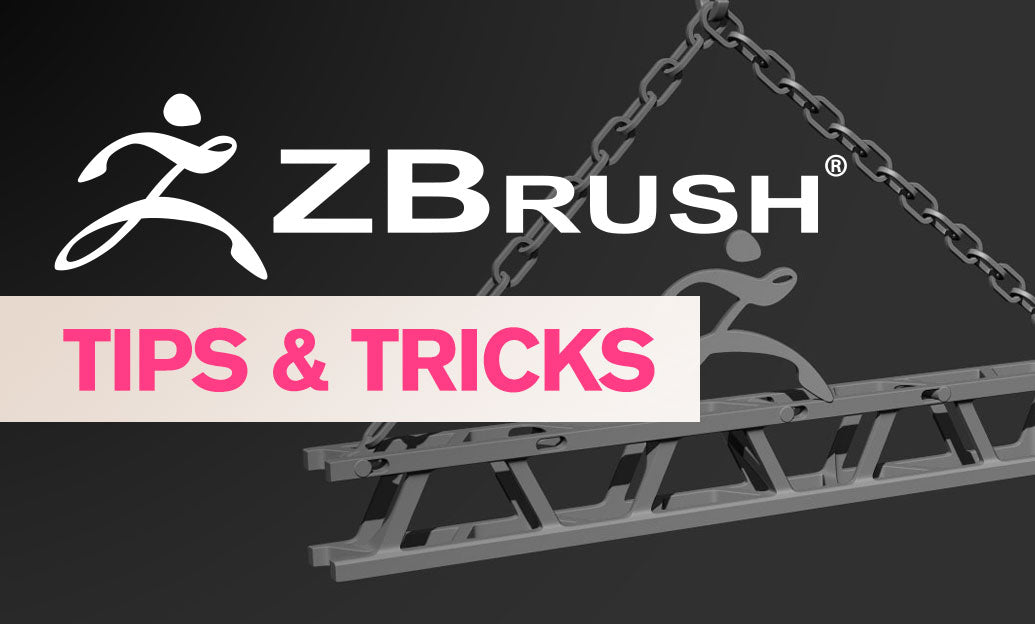Your Cart is Empty
Customer Testimonials
-
"Great customer service. The folks at Novedge were super helpful in navigating a somewhat complicated order including software upgrades and serial numbers in various stages of inactivity. They were friendly and helpful throughout the process.."
Ruben Ruckmark
"Quick & very helpful. We have been using Novedge for years and are very happy with their quick service when we need to make a purchase and excellent support resolving any issues."
Will Woodson
"Scott is the best. He reminds me about subscriptions dates, guides me in the correct direction for updates. He always responds promptly to me. He is literally the reason I continue to work with Novedge and will do so in the future."
Edward Mchugh
"Calvin Lok is “the man”. After my purchase of Sketchup 2021, he called me and provided step-by-step instructions to ease me through difficulties I was having with the setup of my new software."
Mike Borzage
ZBrush Tip: Advanced Techniques for Lifelike Skin Sculpting in ZBrush
March 10, 2024 2 min read

- Apply alphas sparingly where needed to avoid uniformity, which can make the skin look artificial.
- Vary the intensity and size of the brushes to create more natural transitions.
You can find all the ZBrush products on the NOVEDGE web site at this page.
Also in Design News

Leveraging Social Media for Advanced Design Visualization and Presentation Techniques
May 18, 2024 3 min read
Read More
ZBrush Tip: Mastering ZBrush Timeline for Enhanced Animation and Presentation Workflows
May 17, 2024 2 min read
Read More
V-Ray Tip: Enhancing Product Visualization Quality with Advanced V-Ray Techniques
May 17, 2024 2 min read
Read MoreSubscribe
Sign up to get the latest on sales, new releases and more …


